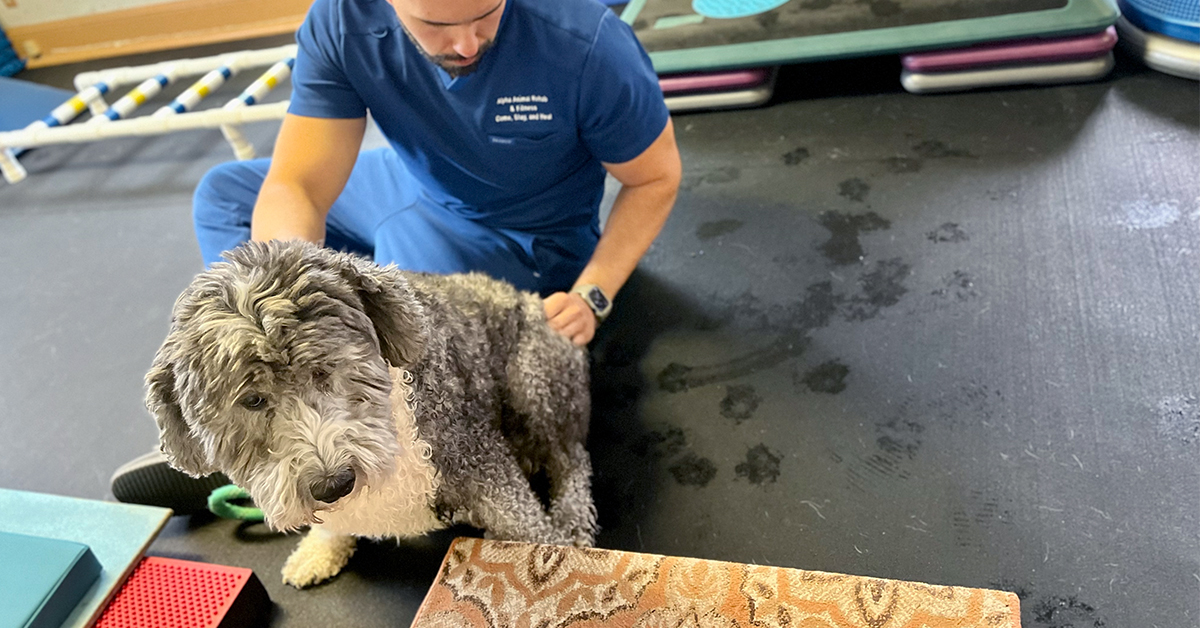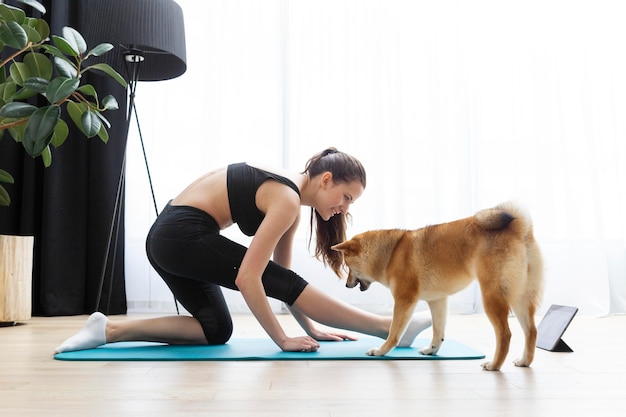The Benefits Of Massage Therapy In Canine Rehabilitation


How Massage Therapy Aids in Canine Rehabilitation
When your dog is recovering from surgery, injury, or ailment, it's natural to want to provide every possible type of support. Regular check-ins with a vet, gentle exercise and a healthy diet can help heal. This is where some pet owners stop, thinking they've covered all available avenues.
However, for pet owners who want to go further and provide a more comprehensive array of treatments and care to facilitate less pain and quicker healing for their dogs, canine massage therapy is another path to consider. Massage therapy goes further than gentle petting; it can be performed by a professional and treat many health concerns.
A canine rehabilitation specialist will work closely with your vet, possibly in direct conjunction. This helps them to understand your dog's specific injury and prognosis, their healing timetable, and what markers to assess for progress. These markers can include things like posture (how your dog stands or sits), gait (how your dog moves at all speeds), behavior (new or different ways your dog interacts at home), and their willingness to engage in daily activities.
The Benefits Of Canine Massage Therapy
Reduce Pain
Reducing pain is the first and perhaps most stimulating effect of canine massage during physical rehabilitation. When done correctly, massage therapy encourages your dog's body to release powerful neurotransmitters like endorphins. In turn, these endorphins carry a sense of comfort, ease, and physical well-being throughout the entire body.
During the healing process, it's not unusual for your dog to overburden other body parts to compensate. For instance, if your dog had an injury to their front right paw, the front left and hind legs will naturally carry more weight while the front right heals. Thankfully, massage can help support those body parts that take on added stress, relaxing taxed muscles.
Assess Progress
Another way massage helps your pet is that it can allow your professional to check and document the progression of their healing. Generally, what might be a source of discomfort in the first weeks of recovery should be less reactive as time passes.
However, if the same spot continues to create a strong response in your dog, even after time has passed, you can work with your vet or rehab specialist. They can help to assess whether healing has been derailed or if your pet needs more time or treatment to regain total well-being.
Decrease Scar Tissue
Hands-on massage also can reduce or improve the tightness of scarring. Scar tissue forms as part of the healing process after most injuries. However, depending on how your dog moves during the healing process- whether they stay mostly still or use the full range of motion- the scar tissue may form with only enough flexibility to suit the activities your dog has engaged in.
This can limit them and create discomfort. In some cases, it may even lead to future injuries if they return to total activity without addressing the issue. Manual massage engages your dog's entire body range of motion. While scar tissue will naturally form, it won't be so tight to create further problems.
How Does Massage Therapy Help?
When you, or your dog, gets an injury, it's not uncommon to see swelling or feel the heat in that area. Both of these are the body trying to heal on its own.
Increase Circulation
Massage therapy increases circulation in the injury area and encourages healthy lymphatic drainage and flow. When your dog is sedentary, lymphatic fluids tend to build up. Over time, this build-up can cause secondary issues like high blood pressure and edema. Massage helps the body rebalance and redistribute lymphatic fluids healthily.
Reduce Stress
Additionally, massage therapy works indirectly by reducing stress and anxiety in your dog. Our pets don't have the same developed prefrontal cortex that humans do; they can't understand why they hurt or why they need to abstain from vigorous activity while they heal, which can create anxiety for them.
For this reason, massage replaces those feelings of discomfort and insecurity with positive associations during rehabilitation.
An Enjoyable & Effective Treatment Modality
Canine physical rehabilitation can be challenging, so you and your vet may look for ways to make it more fun and rewarding for your dog. Many dogs not only relax during massage therapy, they even look forward to and enjoy the process!
Massage therapy reduces the need for pain medications in dogs as they heal and can also ensure the treatment or surgery has a positive outcome. Dogs who receive massage therapy during their rehabilitation process are less stressed and, therefore, less likely to engage in risky behaviors, such as jumping, unexpected running, or extended periods without movement, that lead to less effective, shorter-lasting outcomes.
As a pet owner, you want the best for your dog. Sometimes, that means surgery or treatments that will create discomfort in the short term. In conclusion, massage therapy is one treatment modality to reduce that discomfort and speed up the healing process, so you and your dog can return to fun, love, and playtime.




